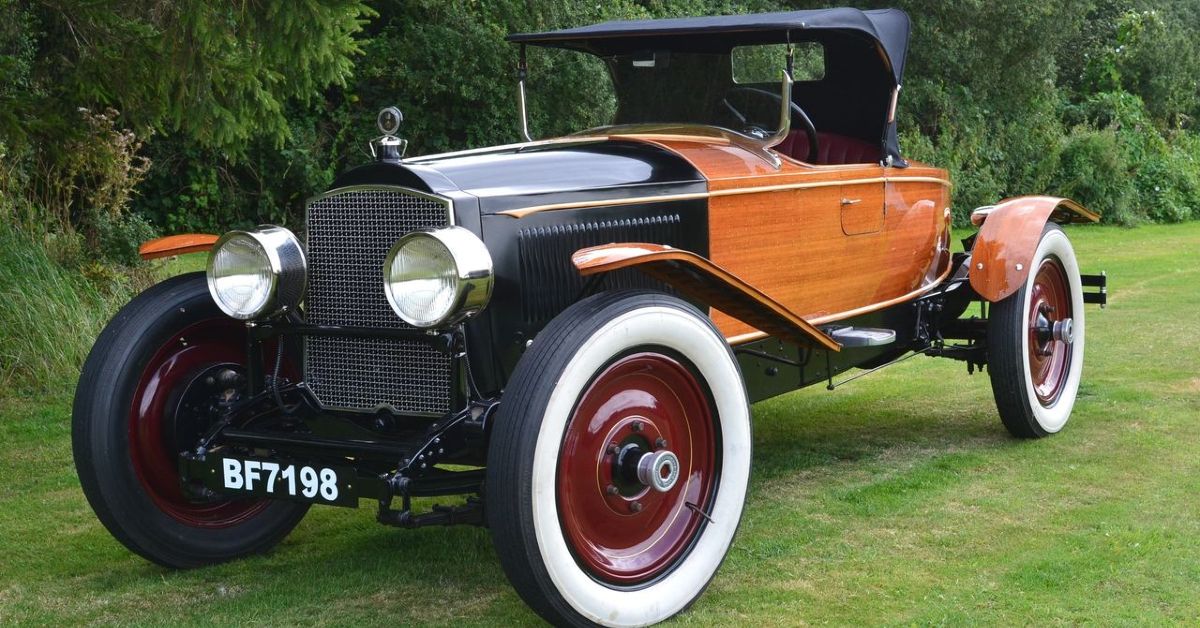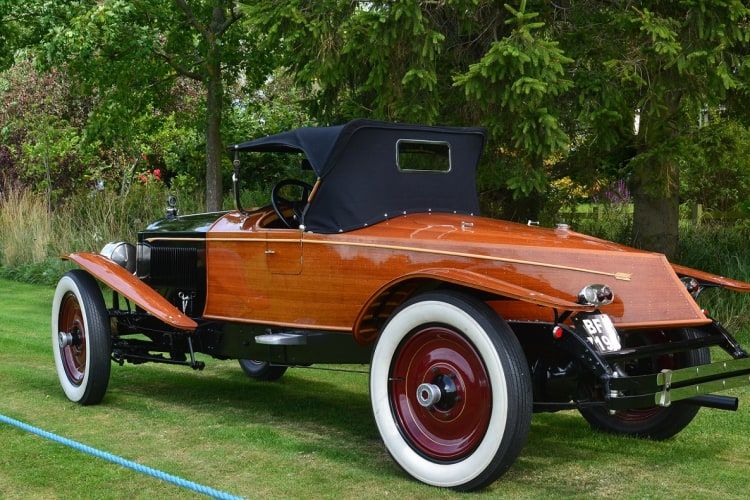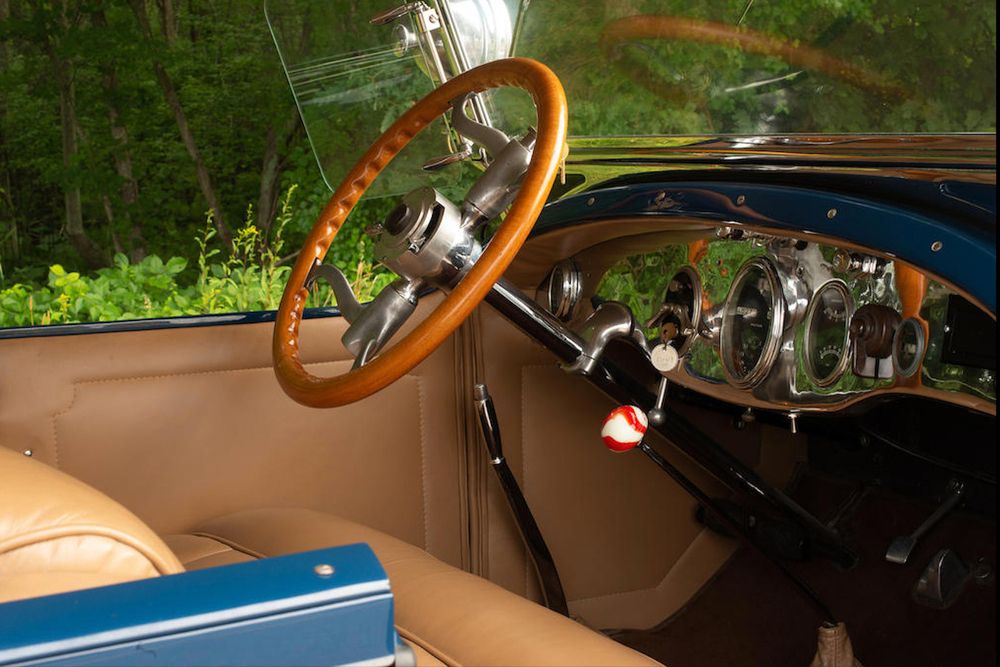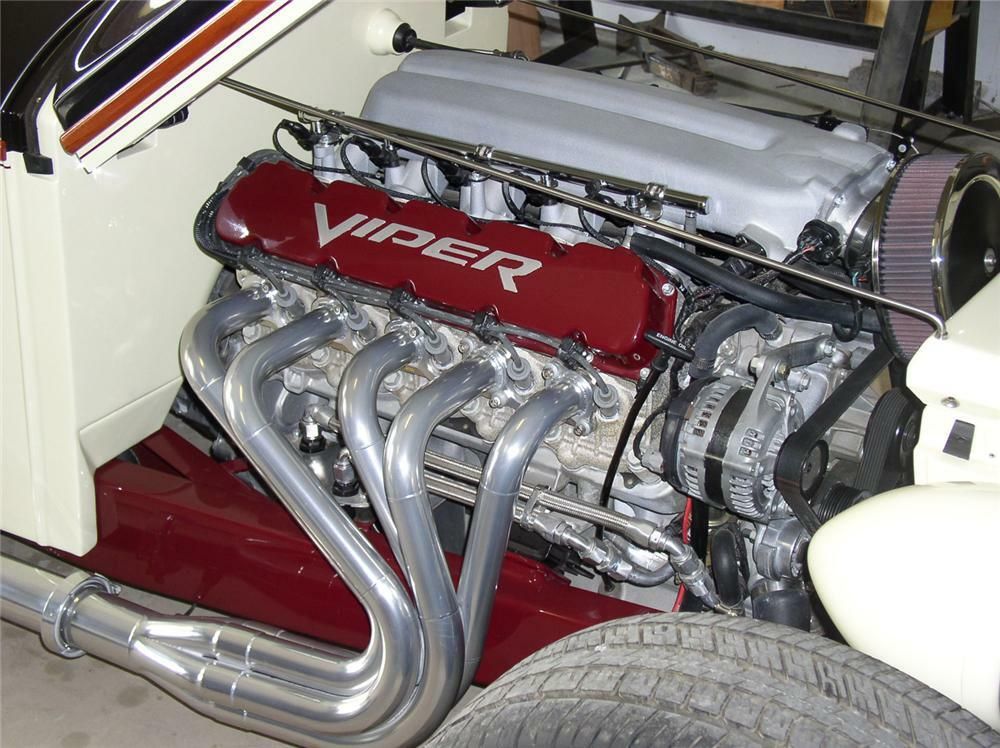The Packard brothers built their first car in 1899. However, at that time, they were in the electrical business. It was not until 1902 that the Packard brothers established their dedicated automobile company named 'Packard Motor Car Company'. The following year, the company shifted to Detroit, Michigan, which was an intelligent move because Detroit became the heart of America's automobile industry within the next few decades. The hunger for innovation in the company's engineers and designers soon uplifted the company's status to an elite automaker.
A significant personality in Packard automobiles was Jesse Vincent. He was the chief engineer of the company who designed the Packard speedsters prototypes. He experimented with new components and motor-making techniques and created some brilliant engine-driven carriages that were equally successful in races as they were in regular production cars. The 426 Boat Tail was one such example that claimed the attention of the onlookers. Its peculiar boat-shaped design, exquisite building materials, and powerful engines made it a powerful presence in the American automobile market.
Built and released almost a century ago, the Packard 426 Boat Tail is still regarded as one of the finest automobiles that the industry has ever seen. Here's a glimpse at what this automobile, which is an extremely rare sight today, packed underneath its skin.
The Boat-Inspired Design
Besides incredible cars, Packard also built several boats and boat engines to compete in races. Furthermore, it also delivered usable military boats during World War. Inspired by that, Packard got the idea that the arching shape of boats was more aerodynamically efficient in lowering drag. The result of this idea was the design of the 426 Boat Tail. The numbers and words in the model name signified the features of the car. The 426 Boat Tail was the second generation of the Packard Six series. The Packard Six series comprised three generations that carried six-cylinder engines from 1913 to 1950. The second generation was designated from 1921 to 1928, and a total of eleven models were released within that period.
The 426 Boat Tail was from the fourth series of the second-generation; the number '4' in the model name signified the series, and the '26' was a remark of its 126 inches wheelbase. Exclusive materials were used to make the body of the car, which included premium mahogany and maple wood together with high-quality steel, which was hand-crafted in the body. The 426 Boat Tail was the intermediate version of the Boat Tail race cars that ruled the tracks in the 1920s and Boat Tail production cars of 1930, which earned massive respect. The vehicle featured an extended boat-shaped deck on its rear, with extensive use of wood in its exterior and interior design. In addition, the car featured two doors and a two-seater configuration with spoke wheels.
The Spacious, Classy Interior
The interior of the car was designed with an all-leather upholstery, and the door panels received leather lining too. Wood applique was used to design the dashboard together with a wooden steering wheel. The car had ample space for two people to sit, and the cabin sported an extended design to fit taller drivers. The Boat Tail shaped rear had nearly six feet long cargo space, and footsteps were attached to it for getting into the cabin.
The Packard 426 Boat Tail Engine
The 426 Boat Tail carried an L-head 415 cu/in 6-cylinder engine. Later in 1924, an 8-cylinder engine was introduced, and both models were available. After the introduction of the 8-cylinder engine, the 6-cylinder model was categorized as a mid-level luxury car with a price tag of $4,940. The modified engine was quite powerful as compared to its rivals. It was a 357.8 cu/in L-head Inline 8-cylinder engine equipped with a single updraft carburetor. The engine was capable of producing 85 HP at 3000 rpm. A 3-speed manual transmission controlled the power, and power was fed to the rear wheels. A further modification to the engine increased the power by several horses.
These modifications included an increase of displacement up to 384 cu/in. Some other added components were the water-cooled side valves, a Detroit lubricator dual throat carburetor, and a four-speed manual transmission. A high compression head was also added, and modifications increased the engine power to 145 HP at 3400 rpm altogether. In addition, the car sported a semi-elliptic leaf spring suspension in both axles and drum brakes on four wheels. The Packard 426 Boat Tail was a classy example of early 20th-century automobile making in America, particularly Detroit. Apart from being a successful production car, the 426 Boat Tail was also a star on the racing tracks.
Its oddly stylish look and impeccable performance won the hearts of people in a short span. As a result, it was perhaps the most sought-after vehicle of that era, and at present, it is one of the rarest Packards to spot.




